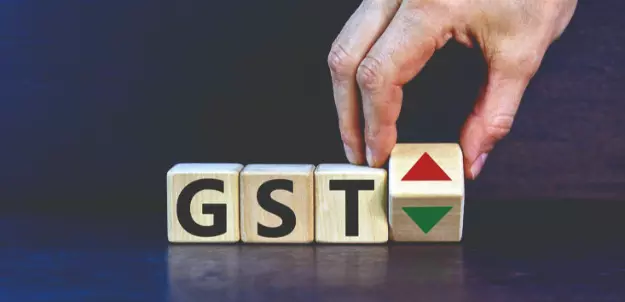GST reform to boost consumption, reduce govt revenues: Moody’s

New Delhi: Moody’s Ratings on Tuesday said the GST reform that has lowered tax rates on 375 items is another form of fiscal policy support for households and will stimulate consumption.
The rating agency also pointed out that the reforms will reduce government revenues.
A decline in India’s effective GST rates will likely boost private consumption and support economic growth at a time that the country faces external pressures from higher US tariffs, Moody’s said in a report.
The GST Council, in its meeting last week, approved to make Goods and Services Tax (GST) a two-tier structure of 5 per cent and 18 per cent, with a special rate of 40 per cent on tobacco and related products and ultra-luxury items.
The new rates will be effective September 22, barring tobacco and related products, which would continue to be taxed at 28 per cent plus a compensation cess till December 31.
Currently, GST is levied in the slabs of 5 per cent, 12 per cent, 18 per cent and 28 per cent.
“The GST reform is another form of fiscal policy support for households, complementing the higher income tax thresholds introduced in February that effectively exempted many middle-income households from paying income taxes and lowered income tax payments for others. Both measures aim to boost household consumption, which accounts for about 61 per cent of GDP,” it said.
The announced changes to the GST framework effectively lower the average tax rates applied to goods and services bought and sold in India, given the elimination of one of the higher tax tiers as well as withdrawal of GST for a number of items, it said.
Lower prices will also help keep inflation at bay, Moody’s said.
The government estimates net foregone revenue this year of Rs 48,000 crore ($5.4 billion), based on calculations using data from fiscal 2024.
“Combined with tax measures announced in the fiscal 2025-26 budget in February, particularly the increase in the personal-income threshold for paying income taxes, the consolidated GST tiers will erode revenue buoyancy,” Moody’s said.
Through the first four months of the fiscal year, gross tax revenue at the central government level has risen by only 0.8 per cent year-on-year, much slower than the 21.3 per cent increase over the same period in fiscal 2024-25 and the 8.8 per cent rise in nominal GDP recorded in the April-June quarter this year.
At the same time, central government expenditure grew 20.2 per cent, contributing to a marked widening of the central government’s deficit to Rs 4.7 trillion, compared with Rs 2.8 trillion in the first four months of the previous
financial year.
As much of the acceleration in spending has likely been driven by the government’s imperative to ameliorate the under-execution in capital expenditure in fiscal 2024-25, we expect spending growth to slow over the next two quarters, helping to preserve the trend of fiscal consolidation.
“Given the government’s use of revenue-eroding measures to support growth over the past year, we do not expect significant revenue-enhancing measures over the remainder of its term.
This, in turn, preempts material gains in debt reduction or improvements in debt affordability,” it said.
“Reflecting its high level of general government debt, India continues to have the weakest debt affordability among investment-grade sovereigns, with interest payments amounting to about 23 per cent of general government revenue in financial year 2024-25; by contrast, the Baa-rated median was much lower at around 8.3 per cent,” Moody’s said.



